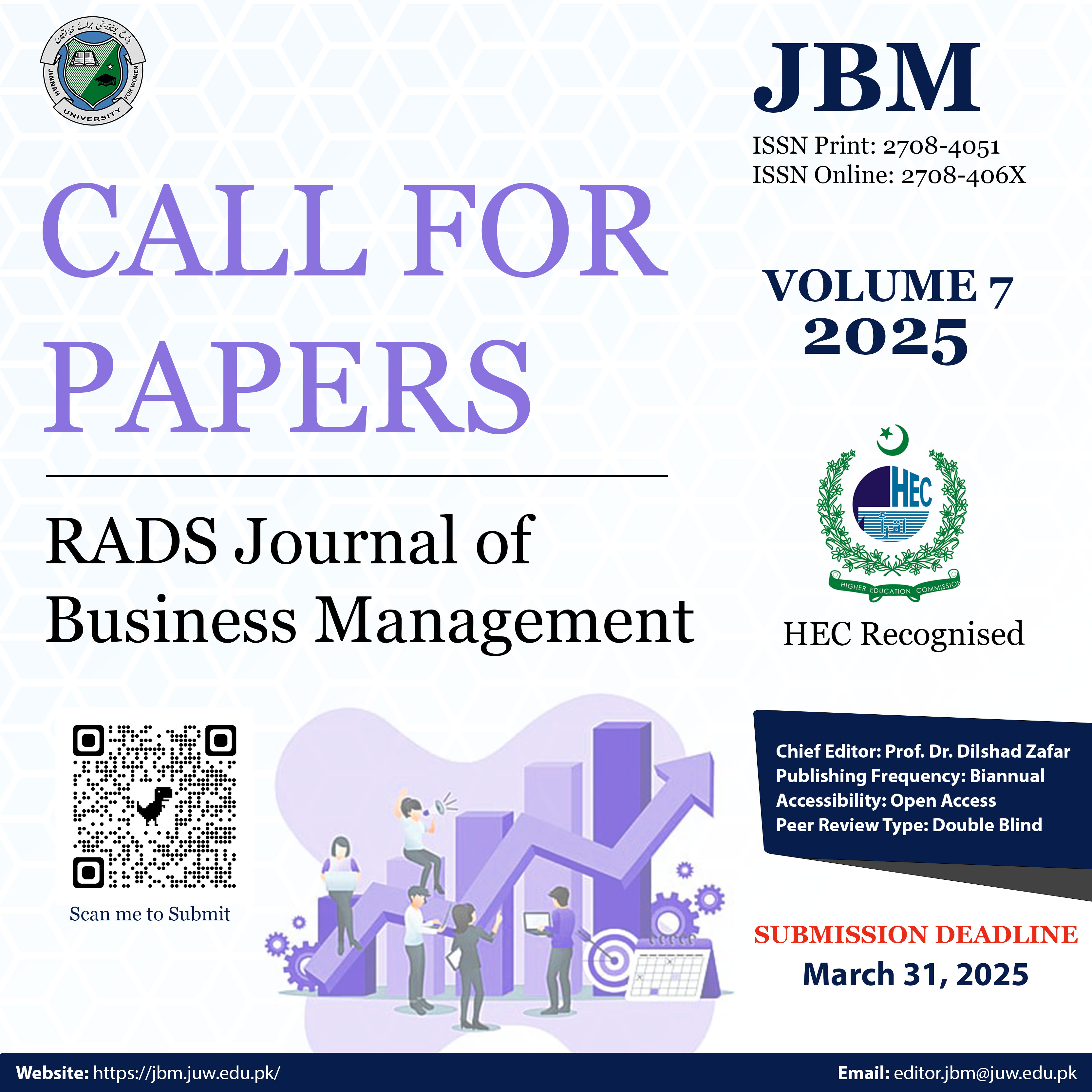Who Migrates Overseas and is it Worth Their While? An Assessment of Household Survey Data from Punjab, Pakistan
Abstract
The study is based on first-hand information gathered in the Punjab province through focus groups and household surveys. The study divided Punjab province into the north, south, west, and centre regions using the sample approach introduced by Cheema et al. (2008). A total of 1000 observations form the basis of the study's sample. According to the study's findings, migrant households would have considerably superior liquidity to finance expenditures, especially those related to buying cars, appliances, and kitchenware like pots and pans. Families with migrants spend significantly more than non-migrant families in every situation. Additionally, a sizeable amount of the received remittances are saved by the homes of migrants. Between migrant and non-migrant families, there is a large difference in annual cash savings; migrant families save nearly nine times as much as non-migrant households. The outstanding debt of migrant households is not significantly higher. Despite having to pay a hefty relocation fee up front, migrant households are used to repaying their loans in a first-come, first-served fashion. Furthermore, it was found that there was a significant disparity between the two groups in the amount of money spent on buying agricultural land by migrant households.
The author retains the copyright and grants the right of first publication to the journal.





